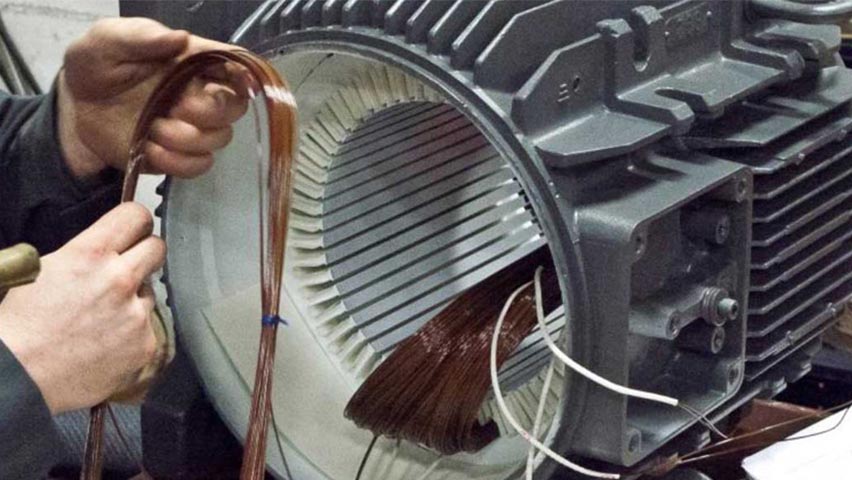Many motor maintenance programs have prescriptive schedules that govern motor maintenance; for example, NEMA recommends inspecting, cleaning, and lubricating your motors every three months or 1,500 run-hours.[1]
In reality, your motors’ maintenance needs vary based on the type of load, ambient conditions and frequency of operation. Your prescriptive maintenance program may be, at best, unnecessary or, at worst, harmful to your motors — after all, just as many motors fail from over-lubrication as under-lubrication.[2],[3] As a matter of fact, studies show that 19% of preventive maintenance activities are unnecessary,[4] 25% occur too late[5], and 45% fail to reduce downtime.[6]
So how do you know whether you’re performing the correct maintenance activities at the right interval?
First, perform a root-cause analysis on any failed motors. What caused the failure? If it failed, for example, due to over- or under-lubrication, you may want to revisit your lubrication procedures and frequency. Minor arcing between windings should encourage you to explore whether you have power quality issues or whether the motor experienced excessive loads or high temps during its life. Even motors retired before failure can provide useful data on how your motors wear over time.
Second, consider investing in condition monitoring. Condition monitoring pays attention to the 65% of maintenance signals that go unnoticed by staff,[7] triggering maintenance tasks only when your motor-driven assets need attention.
With on-going condition monitoring — whether automated through SCADA or tracked manually — you can detect situations that stress your motors and correct the issue before it damages your equipment. For example, imagine sending out a technician only when the motor emails you that it needs lubrication. This right-time, right-place, condition-driven maintenance methodology allows your staff to focus on motors only when they need attention — and focus on other maintenance tasks when they don’t. Hence, condition monitoring expands your maintenance staff’s reach, improves their effectiveness, and reduces your overtime expenses.
Condition monitoring also helps you avoid prematurely replacing motors with years of efficient and reliable operations left. By knowing the health of your motors, you extend your capital replacement dollars — potentially even eliminating one motor replacement over the course of 30 years. Most notably, condition monitoring helps you schedule downtime — eliminating unplanned downtime and helping you minimize lost revenue and avoid incurring regulatory fees.
Studies show that traditional reactive and preventive maintenance programs cost 2x to 5x more than condition-based maintenance.[8] If that surprises you, read more about the six ways condition-based maintenance improves your bottom line.
[1] Electrical Apparatus Service Association, “How to get the most from your electric motors,” (2001).
[2] Electrical Apparatus Service Association, “How to get the most from your electric motors,” (2001).
[3] C. Radu, “The Most Common Causes of Bearing Failure and the Importance of Bearing Lubrication,” RKB Technical Review (February 2010).
[4] D. Anderson, “Reducing the cost of preventive maintenance,” Oniqua Enterprise Analytics (undated)
[5] D. Anderson, “Reducing the cost of preventive maintenance,” Oniqua Enterprise Analytics (undated)
[6] D. Anderson, “Reducing the cost of preventive maintenance,” Oniqua Enterprise Analytics (undated)
[7] R. Rio, “Optimize Asset Performance with Industrial IoT Analytics,” ARC Research (August 2015).
[8] R. Moore, “A reliable plant is a safe plant is a cost-effective plant,”IMPACT Newsletter / Life Cycle Engineering (July 2016).


